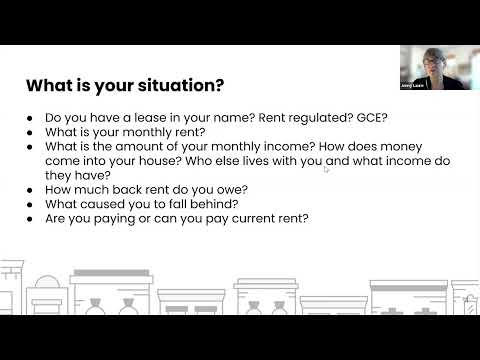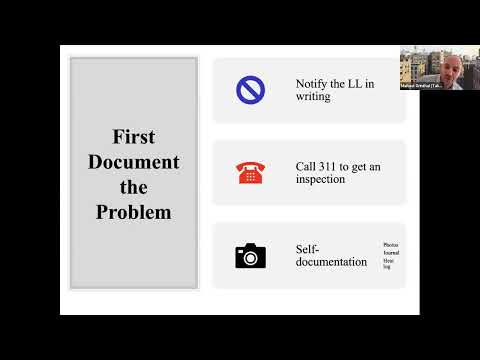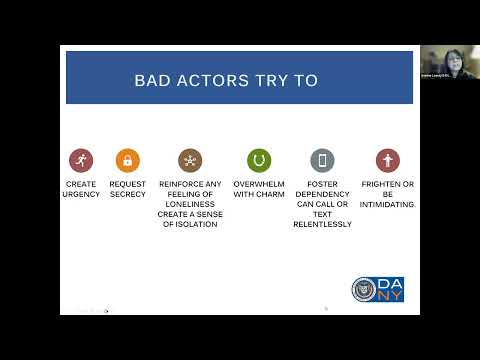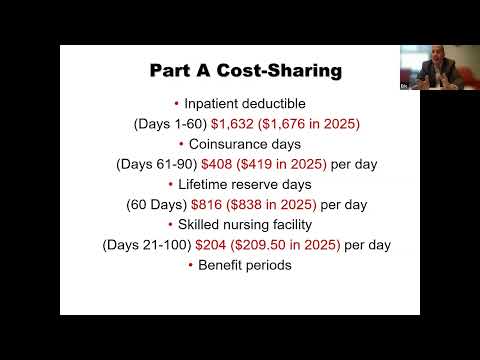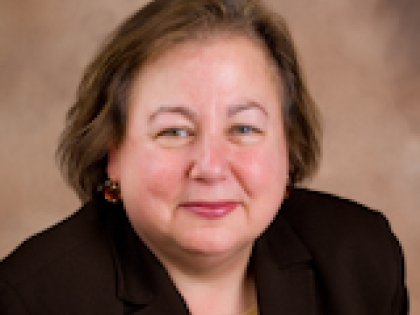
Testimony Before the New York City Planning Commission Public Hearing on the Proposed 197-a Plan for the Eastern Section of Community District 6 on September 27, 2006
Liz Krueger
July 15, 2010
My name is Liz Krueger and I represent the 26th State Senate District, which includes the Upper East Side, East Midtown and Midtown neighborhoods of Manhattan. I appreciate this opportunity to express my full support for the 197-a plan for the eastern half of Manhattan Community District 6 proposed by Community Board 6 (CB 6) and the East Side Rezoning Alliance (ESRA).
Section 197-a of the New York City Charter empowers Community Boards to develop and propose land-use plans that will provide a framework for future development and growth of their communities. In fact, the concept of community-based planning was at the heart of why community boards were created. Although unfortunately not legally binding, once 197-a plans are adopted by City Planning and the City Council, they serve as a policy guide for subsequent zoning and budgetary actions by City agencies for the area. The development of comprehensive community-based plans should be strongly encouraged in all neighborhoods. However, proactive and comprehensive community-based planning is especially crucial for communities in which major private development and public infrastructure projects are under consideration.
While almost all communities across New York City have witnessed substantial new development and growth during the past decade, the changes which are under consideration in the eastern half of CB 6 are particularly profound. The major changes currently approved or under consideration for this area include:
- the rezoning and redevelopment of the nine acre former Con Edison Waterside properties along First Avenue between 35th and 41st Streets (the second largest parcel of developable land in Manhattan)
- the construction of the Second Avenue Subway
- the rebuilding of portions of the FDR Drive between 59th and 34th Streets
- the expansion of the United Nations
- the redevelopment of portions of the Bellevue Hospital and NYU Medical Center campus
- the Heliport reconstruction and construction of a new Ferry Terminal on East 34th Street
Both the scale and number of these proposed projects require all decisions to be made within the context of an overall vision for the future of the community, as well as real ongoing coordination between all city and state agencies involved.
If appropriately coordinated and developed in context with the surrounding neighborhoods, the projects under consideration have the potential to add much needed
resources, services, and vitality to the community and city as a whole. If sensibly developed as part of a larger community vision, these projects represent unique opportunities to reconnect the city to its waterfront, to significantly strengthen the city’s transportation infrastructure, and to add desperately needed affordable housing, open space, and school facilities. However, without comprehensive planning, it will be impossible to take full advantage of these unique opportunities or to understand how these projects collectively will impact the surrounding neighborhoods.
A comprehensive plan is clearly needed to ensure that each project is not evaluated in a vacuum, and that development which overwhelms the scale and services of surrounding neighborhoods does not take place. As a result, I am deeply disappointed by the City Planning Commission’s decision to consider the community’s 197-a plan simultaneously with the East River Realty Company (ERRC)’s 197-c proposal to rezone the former Con Ed properties. As you are well aware, both ERRC and CB 6 have submitted 197-c proposals for the land. The residents of the neighborhoods surrounding the proposed rezoning area are faced with a potential development that is unprecedented in its magnitude and range of possible impacts on the community. In order for the specific proposals for the Con Ed site to be analyzed and evaluated, an overall planning framework for the community must first be established. CB 6’s and ESRA’s 197-a plan provides just such a framework. Only by first fully considering the 197-a proposal and establishing a comprehensive planning vision for the larger community, will the City Planning Commission and City Council have a context to appropriately evaluate the rezoning proposals.
I am lucky and proud to represent the incredibly talented and dedicated members of CB 6 and ESRA who have worked diligently over many years to create the 197-a plan under consideration today. In addition to soliciting input from the community during countless open meetings, they have thought seriously about the area’s history and present challenges, and analyzed the future needs and possibilities for the eastern portion of the Community District. Their plan incorporates the recommendations of 19 Community Board resolutions passed between 1985 and 2005 on a wide range of key issues including affordable housing, the Second Avenue subway, access to the waterfront, the redevelopment of the former Con Ed sites, the lack of school and day care facilities in the Community District, land use and zoning policies, and the redevelopment of the Bellevue Hospital Center. As a result of the tremendous commitment, creativity, and expertise of CB 6 and ESRA, their 197-a plan articulates a comprehensive long-range vision for the East Side of Manhattan that plans for the continued contextual growth of the area while also balancing the significant infrastructure and service needs of existing and future residents.
While I strongly support all aspects of the 197-a plan, I would like to offer comments on a number of the recommendations made that are of particular importance to my constituents:
Access to the Waterfront and Open Space
- The 197-a plan’s detailed proposals to complete the waterfront esplanade along the East River throughout the study area, and to improve pedestrian access to the waterfront, would dramatically improve the quality of life on the East Side, and would significantly further the City’s long-stated goals of creating a walkable rim around the island. The recommendations are entirely consistent with the Comprehensive Manhattan Waterfront 197-a Plan adopted by the City Council in 1997. Over the past fifty years, a number of forces have significantly altered the relationship of the city to its shoreline. For most of New York’s history, the waterfront was the locus for industrial and commercial development. Today we have a rare opportunity to reclaim the waterfront for purposes that address the civic and social needs of our community—however, this opportunity can only be realized through comprehensive planning and action.
- With the lowest ratio of public park space per capita of any Manhattan Community District, there is no question that my constituents living and working in CB6 suffer from a serious deficiency of open space. This deficit will only be exacerbated if the proposed developments, which will add thousands of additional residents to the community, move forward as planned without significant mitigation. The 197-a plan makes a number of important suggestions to significantly increase the amount of useful, active, and passive public parks and open spaces available to serve residents, workers, and visitors to the area. The plan’s emphasis on the fact that the city cannot rely on “publicly accessible private open space” as mitigation for large-scale developments is particularly important. In recent years, my constituents have witnessed all too many of these spaces fail to be truly public and accessible.
Transportation
- My constituents, as well as all New Yorkers who visit or work in the eastern section of Community District 6, are only too aware of the inadequate public transportation infrastructure serving the area. While examining the impact that the creation of the long-awaited Second Avenue subway line will have during its construction, the 197-a plan strongly endorses the project and the MTA’s proposed locations; it also makes a number of important suggestions to improve transfer points with existing subway and bus lines.
- The plan’s recommendations for creating pedestrian bridges (and where possible decking) over the FDR Drive, and studying the feasibility of eliminating the 42nd Street off-ramp, in order to allow greater access to the waterfront are particularly timely. The imminent reconstruction of the FDR drive adjacent to the former Con Ed properties, as well as the rezoning of these properties, provide a unique opportunity to both dramatically improve access to the waterfront as well as traffic flow on the highway.
- The plan’s recommendations on accessory and public parking garages, as well as dedicated and safe bicycle routes throughout the study area, mirror those long made by public transportation and bicycle advocates. The city should make every effort to encourage mass transit and bicycle usage over car travel in on the East Side, as well as the city as a whole.
Zoning and Land Use
- The 197-a plan presents bulk, use, and urban design guidelines for the redevelopment of the former Con Edison sites that are shared by all the community’s elected officials and Borough President Scott Stringer. These guidelines were fully articulated in the 197-c plan recently proposed by CB 6, which has been uniformly endorsed by the Borough President and every city, state and federal elected official representing East Midtown. The rezoning of the former Con Ed properties simply cannot take place separate from the community’s larger visions and plans for the area. It is essential that the rezoning of this land follows the principles articulated in the community’s 197-a and 197-c plans.
- The 197-a plan wisely encourages the construction and preservation of permanent affordable housing throughout the study area. There are few issues more important to my constituents, or to the future of the city as a whole, than the lack of decent housing affordable to low and middle-income residents. The city’s skyrocketing housing market, along with the loss of hundreds of thousands of previously affordable regulated units in recent years, has created an acute affordable housing crisis for low- and middle-income New Yorkers. According to the 2000 census, 11,227 people living in CB 6 live in poverty, nearly 35% of residents of this area face rent hardship burdens as defined by the federal government, and more than 10,000 additional affordable units are needed within the boundaries of the Community Board simply to meet the needs of existing residents in poverty and/or paying more than half their incomes in rent. This crisis threatens to transform New York into a city of economically and racially segregated neighborhoods, with no room for the middle class. The future of our city is placed at risk as residents are forced out of their homes and communities. City Planning must incorporate a significant amount of permanently affordable units, through the use of inclusionary zoning and other creative tools, in every rezoning it contemplates.
- The 197-a plan carefully analyzes the severe shortage of public school facilities within the study area, and strongly encourages the Department of Education to study the feasibility of constructing new schools to meet current and future needs. A number of public schools within the study area, including P.S. 116 and P.S. 59, are already significantly over capacity, and the Department of Education has stated that the number of students living within these schools’ catchment areas is rising steadily each year. The addition of as many as 6,000 new apartments to the community on the former Con Ed sites would be an impossible burden on the area’s schools. In virtually every recent large scale development project across the city, from Queens West to Hudson Yards, there have been plans to add or expand schools to accommodate the increase in students. Additionally, the scarcity of land in Manhattan makes it almost impossible for the Department of Education to build freestanding schools below 96th Street. It is absolutely essential for the City to plan in advance for the neighborhood infrastructure required by current and future residents.
Thank you for the opportunity to testify. I look forward to working with the City Planning Commission, Community Board 6, ESRA, other community and civic organizations, and my fellow elected officials to ensure that the future growth and development of the far East Side of Manhattan is guided by the thoughtful and comprehensive community-based vision articulated in the 197-a plan under consideration today. Implementing the 197-a plan will require ongoing coordination and proactive action by a large number of City and State agencies, community organizations, and elected officials. However, without this sort of comprehensive planning we will undoubtedly make colossal mistakes and squander countless opportunities to improve the infrastructure of our community.
